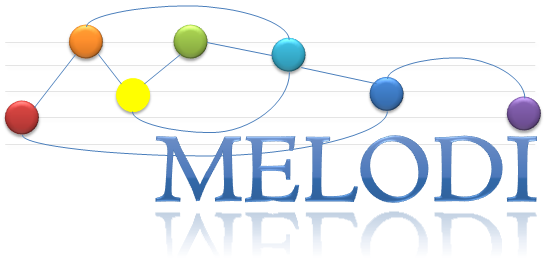Humans Need Context, What about Machines? Investigating Conversational Context in Abusive Language Detection
Résumé
A crucial aspect in abusive language on social media platforms (toxicity, hate speech, harmful stereotypes, etc.) is its inherent contextual nature. In this paper, we focus on the role of conversational context in abusive language detection, one of the most “direct” forms of context in this domain, as given by the conversation threads (e.g., directly preceding message, original post). The incorporation of surrounding messages has proven vital for the accuratehuman annotation of harmful content. However, many prior works have either ignored this aspect, collecting and processing messages in isolation, or have obtained inconsistent results when attempting to embed such contextual information into traditional classification methods. The reasons behind these findings have not yet been properly addressed. To this end, we propose an analysis of the impact of conversational context in abusive languagedetection, through: (1) an analysis of prior works and the limitations of the most common concatenation-based approach, which we attempt to address with two alternative architectures; (2) an evaluation of these methods on existing datasets in English, and a new dataset of French tweets annotated for hate speech and stereotypes; and (3) a qualitative analysis showcasing the necessity for context-awareness in ALD, but also its difficulties.
Domaines
Traitement du texte et du document| Origine | Fichiers produits par l'(les) auteur(s) |
|---|
